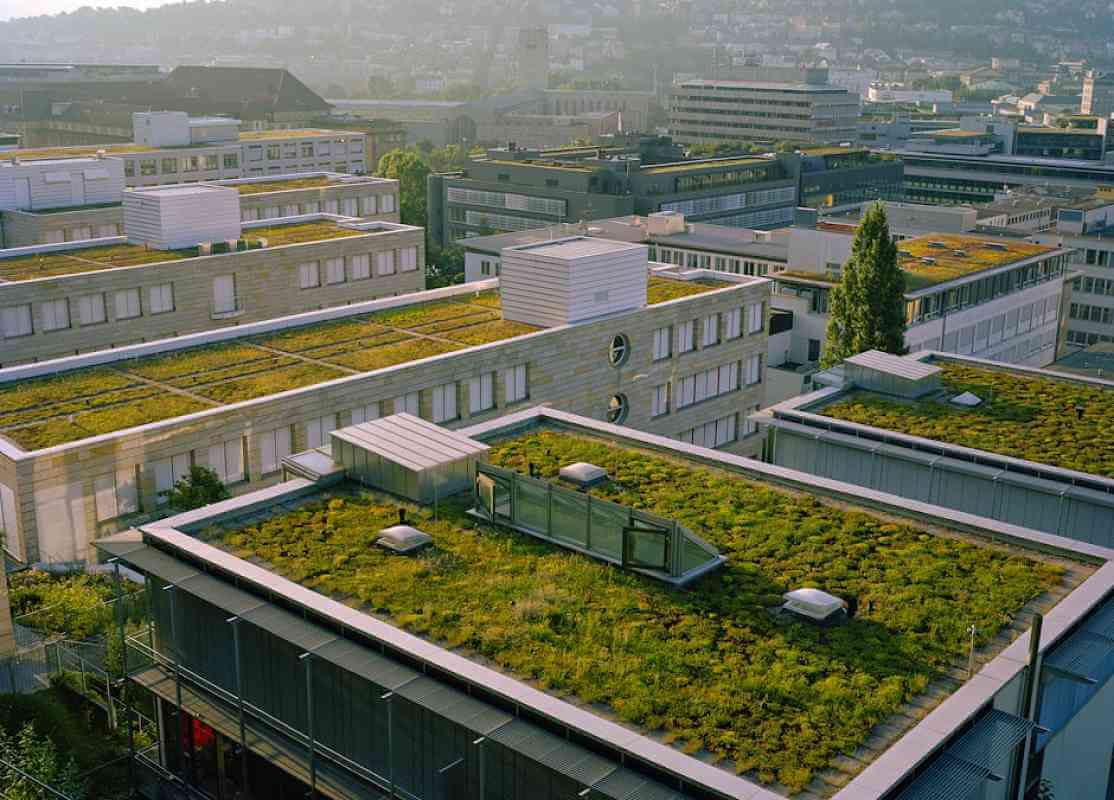Each commercial roofing material has its benefits and a specialized purpose. When choosing a commercial roofing material, it is important to consider how the material will stand up over time to the type of weather that you'll be experiencing the most - high heat or heavy rain, for example. Here are five different types of the commercial roofs and their respective benefits
1. Metal
It consists of metal sheets, either copper or aluminum, rolled into a tight tube shape. The metal is then coated with molten zinc and soldered together while also being mechanically pressed. This process gives the metal a shiny, traditional look and provides excellent protection against weather damage. They are cost-effective because they are significantly cheaper than other housetops.
2. Membrane
It has a textured surface without ridges or valleys (like tiles) to help prevent nail penetration. The membrane protects against U.V rays and comes in different colors to make the roof more aesthetically pleasing. Weather-related problems are prevented by the membrane, which is pegged into the support structure with self-tapping screws or nails that don't go through the membrane. Unlike tiles, membranes are not necessarily easier to clean and maintain because they can get dirty like any other roof. Due to their design can be used in colder climates and hot climates (i.e., they do not crack).
3. Built-up
They are made of several layers of material. They also have a flat surface, unlike metal or tiles. It can be made of composite materials that can withstand the elements and offer extra insulation. They are less expensive than other metal or ceramic; in some cases, there is no need to install metal flashing—which adds to the cost.
4. Vegetative
It consists of projecting vegetation, such as plants or trees, that grow downward from a single point. They are a better option than other housetops because they absorb rainwater and help keep the house cooler. They also help with energy efficiency and make a home more environmentally friendly.
Vegetation is used on the roof to enhance its look and protect the home from high winds, snow and ice dams, fire, excessive water damage, etc. Vegetative housetops can help reduce utility bills by keeping homes cooler in summer and warmer in winter, making housing more affordable.
5. Spray
Spray rooftop is applied close to the shingle and is usually only one coat without primer. This type of coating is ideal for slopes where most other systems will not provide adequate adhesion. It is also used on metal housetops. The spray housetop uses a high-pressure hose to apply the coating. It is inexpensive and does not require extra material or concrete to attach to the roof.
Bottom Line
Roofs are important for homes and buildings and can be composed of the above types. Any roof can protect against the elements, but it is important to consider cost and maintenance before deciding.
